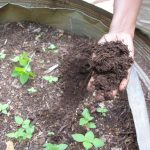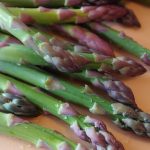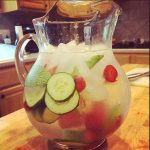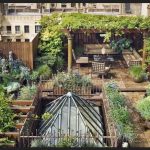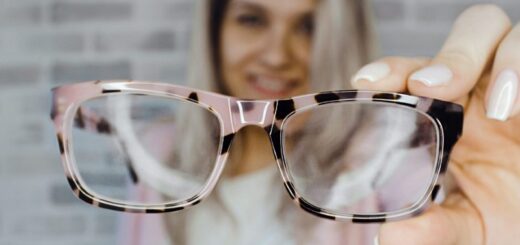What You Need to Know about the Toxins in Plant Containers
Table of Contents
Before you even begin planting a container garden, make sure that you choose a container that isn’t going to allow toxic chemicals to leach into the soil and then into your produce. Many people may not realize how important it is to choose the right material when it comes to containers, but the truth is that the wrong container can be dangerous to your health.
This is because the same way that plants absorb nutrients and water from the soil is the same way that harmful toxins can be absorbed into the roots of the plants. Continue reading to find out which containers are safe to use, and which should be avoided.

Plastic
Because of the many benefits of plastic, it has been the answer to a surprising number of problems over the years. It can also be found in abundance and being able to recycle plastic containers is always a bonus. However, there are many types of plastic that contain harmful chemicals such as bisphenol A (BPA), phthalates, and vinyl chloride. While these chemicals won’t hurt you just by coming into contact with the plastic in question, they will leach out of the plastic and into the soil when exposed to water, sunlight, and increased temperatures.
High-density plastics are more stable and are therefore safer to use. Things made from this plastic include soda bottles, yogurt containers, cups and bowls, and planters. Before you plant anything edible in anything plastic, be sure to check the bottom of the container for the number to see if they will work or not. The numbers that you want to be looking for which you can safely use to plant edible plants are: 1, 2, 4, and 5.
Ceramic
This is easily one of the safest choices when it comes to planting edibles. Not only will it not leach any harmful chemicals into your soil, but it is also breathable, durable, and nearly always made from natural substances like clay. The only warning with ceramics is if you are using glazed ceramics because many glazes contain harmful lead oxides, so simply avoid glazes when it comes to ceramics.
Wood
Another excellent choice for container gardening is a simple wooden box made with untreated wood. However, the obvious problem with untreated wood is that it will begin to rot over time. To combat that, companies add stain, preservative paint, and pressure treat wood that is being made into planter boxes. But, this is where things start to get dangerous, as the chemicals used to treat the wood will leach into the soil.
Pressure treated wood can be made safer if you power wash it or scrub it before adding any soil or plants. This is because the chemicals that are used during that process do most of their leaching the first time they get wet. If you want the look of a wooden container without the worry of these dangerous chemicals leaching into your edible plants, consider using a plastic liner instead, so you can enjoy the look of the wood without the fear of toxins.
Another cause for concern particularly with older containers is lead paint. Lead paint was used frequently in outdoor surfaces up until the 1980’s. As it ages, lead paint begins to chip off into small flakes which can easily dissolve into the soil and make its way into your plants. Be extra careful when using any painted wooden containers that are older. When it comes to using completely natural wooden containers, your best bet is cedar. It doesn’t need to be treated and is rot-resistant.
Rubber
Old tires have become a popular, salvageable item for growing root vegetables like potatoes and carrots. They stack easily, are free, and help warm the soil in the chilly months of spring. However, as tires age they release a litany of toxic compounds into the ground—including carcinogenic hydrocarbons. If you’re looking for a quick and dirty way to start growing spuds, trying using a grow bag. They offer the same no-digging-required perks of tires but are made from nontoxic (and often recycled) materials.
Metal
A safe pick is metal. It’s true that in humid, moist climes, pots can quickly rust, but the oxidized metal doesn’t leach into the soil the same way lead does. If using a galvanized metal container (such as an old wash tub, trash can, tool box, etc) be careful: zinc (an essential nutrient) and cadium (a toxic heavy metal) can leach into the soil when it’s exposed to the right acidic conditions. If in doubt, use a plastic liner or nest a ceramic pot inside the metal container.
Foam
Foam trays can be recycled from fishmongers and grocery stores and are a great way to start seedlings. They create an excellent well-insulated environment for young and tender plant roots—provided additional drainage holes are added to trays. It’s true that styrene, one of the ingredients in foam, is listed by the National Institute of Health as a carcinogen. But it takes a long time to degrade (somewhere in the order of hundreds and hundreds of years) and does not easily break down when exposed to water, air, or dirt. So seedlings will do just fine in it.
